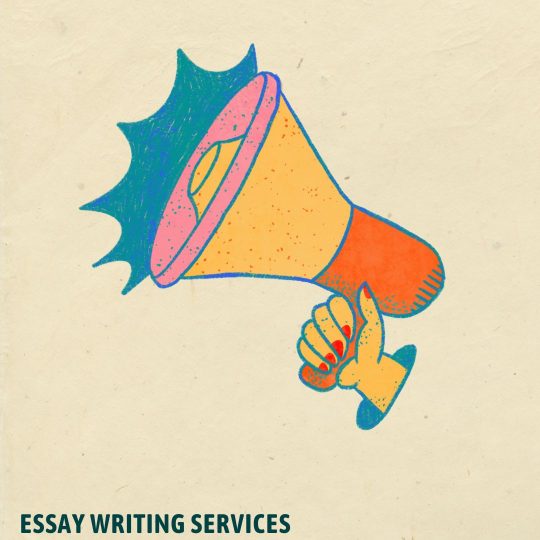How to write a Perfect Conclusion For a Classification Paper
Introduction
In the field of academic writing, crafting a perfect conclusion for a classification paper is often viewed as the culminating task that solidifies the arguments presented throughout the text. The conclusion serves as the final opportunity to leave a lasting impression on the reader, summarizing the key points and providing closure to the discourse. However, achieving perfection in conclusion writing requires a strategic approach that goes beyond mere summarization. This essay aims to look into the specifics of composing an ideal conclusion for a classification paper, exploring the essential components and techniques necessary to leave a lasting impact.
Essay Writing Service

Our Benefits
- Plagiarism Free Content
- Time-saving Convenience
- Expert Assistance
- Editing and Proofreading
- 24/7 Support
Understanding the Classification Paper
Before looking into the specifics of crafting a perfect conclusion, it is imperative to comprehend the nature and structure of a classification paper. A classification essay is a type of academic writing that categorizes a subject or topic into distinct groups or classifications based on specific criteria. The primary objective is to organize, analyze, and explore the subject matter in a systematic manner, providing clarity and insight to the reader.
Key Components of a Classification Paper
A well-structured classification paper comprises several key components, including:
- Introduction: The introduction sets the stage for the classification process by providing background information on the topic and presenting the thesis statement, which outlines the purpose and scope of the essay.
- Body Paragraphs: The body paragraphs form the core of the classification paper, wherein the writer categorizes the subject into distinct groups and provides detailed explanations and examples for each category. Clear transitions between paragraphs are crucial for maintaining coherence and logical progression.
- Conclusion: The conclusion serves as the final section of the classification paper, offering a synthesis of the main points discussed in the body paragraphs and providing a sense of closure to the essay. A well-crafted ending should reiterate the thesis statement, summarize the key findings, and leave a lasting impression on the reader.
Strategies for Writing the Perfect Conclusion
Crafting an effective conclusion for a classification paper requires careful consideration of various strategies and techniques. The following are some essential strategies to help you write the perfect conclusion:
- Restate the Thesis Statement: Begin your conclusion by restating the thesis statement in a concise and compelling manner. This reaffirms the central argument of the essay and reminds the reader of its significance.
- Summarize Key Findings: Provide a brief summary of the main points discussed in the body paragraphs, highlighting the key findings and insights gleaned from the classification process. Avoid introducing new information or arguments in the conclusion.
- Emphasize Significance: Reflect on the broader significance of the classification analysis and its implications for the subject matter at hand. Discuss the relevance of the classification scheme and its potential impact on understanding the topic in a deeper context.
- Offer Closure: Provide a sense of closure to the essay by offering final thoughts or reflections on the topic. You can revisit the introductory anecdote or pose thought-provoking questions that encourage further inquiry and reflection.
- Leave a Lasting Impression: End your conclusion with a memorable closing statement that leaves a lasting impression on the reader. This could be a poignant quote, a thought-provoking question, or a call to action that encourages readers to consider the implications of the classification analysis.
Examples of Effective Conclusions
To illustrate the strategies outlined above, let us consider some examples of effective conclusions for a classification paper:
Example 1
In conclusion, the classification of renewable energy sources into solar, wind, and hydroelectric categories provides a comprehensive framework for understanding the diverse options available for sustainable energy production. By analyzing the unique characteristics and benefits of each category, we gain valuable insights into the potential of renewable energy to mitigate climate change and secure a more sustainable future for generations to come.
Example 2
In summary, the classification of literary genres into fiction, non-fiction, poetry, and drama offers a nuanced perspective on the diverse forms of expression within the realm of literature. Through careful analysis and categorization, we come to appreciate the richness and complexity of human creativity, as well as the myriad ways in which literature reflects and shapes our understanding of the world around us.
Conclusion
Crafting the perfect conclusion for a classification paper is a nuanced task that requires careful attention to detail and strategic planning. By restating the thesis statement, summarizing key findings, emphasizing significance, offering closure, and leaving a lasting impression, you can create a conclusion that effectively synthesizes the main points of the essay and leaves a lasting impact on the reader. With the strategies outlined in this essay as your guide, you can confidently conclude your classification paper with finesse and flair, cementing its place as a compelling piece of academic writing.
